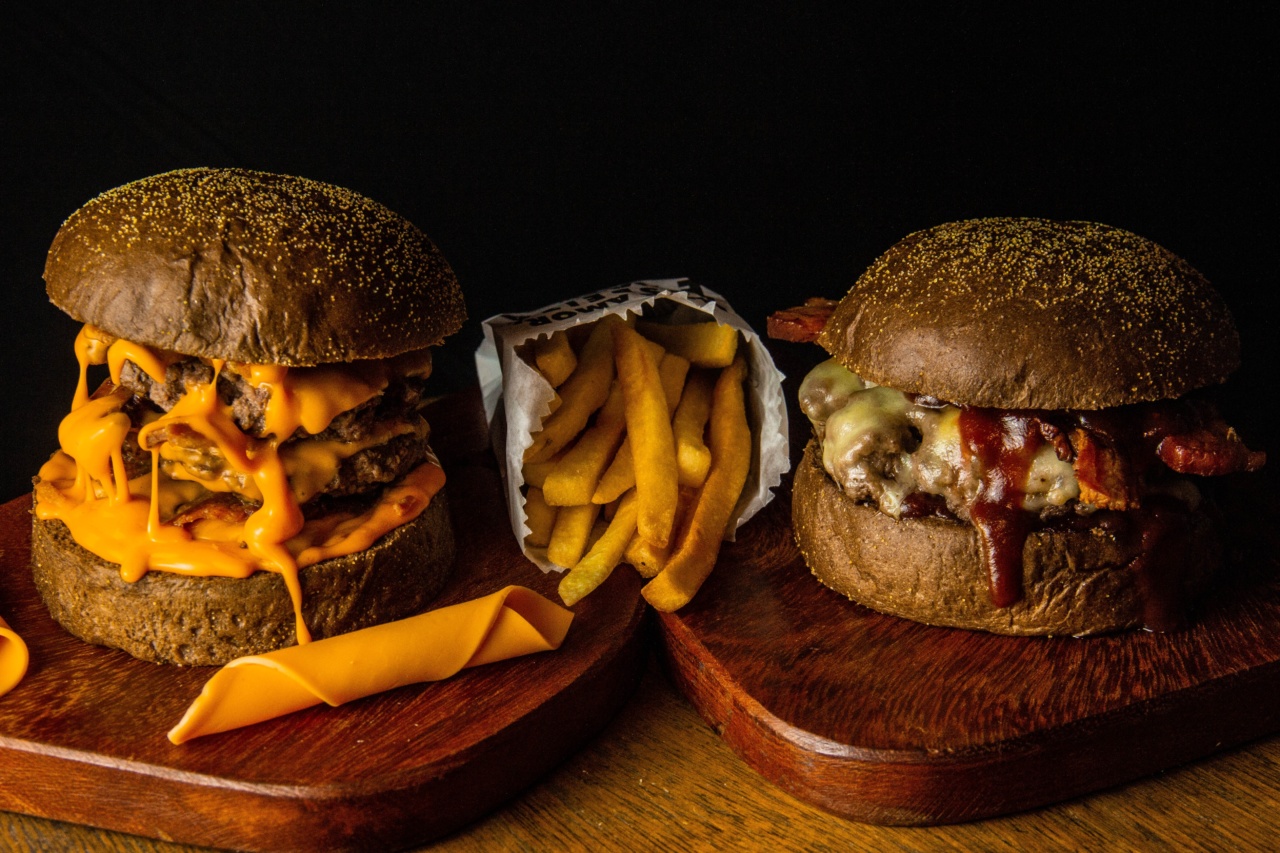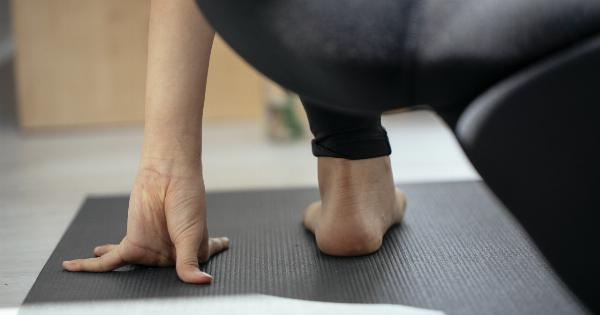Headaches can be debilitating and make it difficult to concentrate or perform everyday tasks.
While there are various causes of headaches, including stress, dehydration, and certain medical conditions, what you put into your body can also play a significant role in managing and preventing them. The good news is that there are two foods that have been shown to effectively beat headaches and provide relief. Incorporating these foods into your diet may help alleviate your headache symptoms and improve your overall well-being.
1. Ginger
Ginger is a powerful root that has been used for centuries to treat various ailments, including headaches. It contains several bioactive compounds, including gingerol, which has been found to have anti-inflammatory and analgesic properties.
Research suggests that ginger can help reduce the frequency and intensity of migraines and tension headaches.
One study published in Phytotherapy Research found that participants who consumed ginger powder experienced a significant reduction in migraine episodes.
Another study in the Journal of Phytotherapy Research showed that ginger was as effective as sumatriptan, a commonly prescribed medication for migraines, in relieving headache pain.
To incorporate ginger into your diet, you can try drinking ginger tea, adding fresh ginger to your meals, or taking ginger supplements.
However, it’s important to consult with a healthcare professional before starting any new supplements, especially if you are taking medications or have any underlying health conditions.
2. Magnesium-rich Foods
Magnesium is an essential mineral that plays a crucial role in many bodily functions, including the regulation of nerve and muscle function. It has also been associated with headache relief, particularly migraine headaches.
Research has shown that individuals with migraines often have lower levels of magnesium in their bodies.
One study published in the Journal of Neural Transmission found that magnesium supplementation helped reduce the frequency and severity of migraines in participants.
Foods rich in magnesium include leafy green vegetables, nuts, seeds, whole grains, and legumes.
In addition to incorporating magnesium-rich foods into your diet, you can also consider taking magnesium supplements.
However, it’s important to consult with a healthcare professional to determine the right dosage for you and ensure it doesn’t interact with any medications you may be taking.
Other Tips for Headache Relief
In addition to incorporating ginger and magnesium-rich foods into your diet, there are several other lifestyle changes and remedies that can help alleviate and prevent headaches:.
1. Stay Hydrated
Dehydration can often trigger headaches, so it’s important to ensure you’re drinking enough water throughout the day.
Aim for at least eight glasses of water daily and increase your intake if you’re physically active or in hot weather.
2. Manage Stress
Stress is a common trigger for headaches, so finding healthy ways to manage stress can help prevent headaches. Consider incorporating relaxation techniques such as deep breathing, meditation, or yoga into your routine.
3. Get Enough Sleep
Ensuring you get a sufficient amount of sleep each night is crucial for overall health and can help prevent headaches. Aim for seven to eight hours of quality sleep every night.
4. Limit Caffeine and Alcohol
Caffeine and alcohol can both trigger headaches in some individuals. While moderate consumption may not cause issues, excessive intake can lead to headaches. Limit your intake and be mindful of how these substances affect your body.
5. Practice Regular Exercise
Regular physical activity can help reduce the frequency and intensity of headaches. Aim for at least 30 minutes of moderate-intensity exercise, such as brisk walking or cycling, most days of the week.
6. Use Hot or Cold Compresses
Applying a hot or cold compress to your head or neck can provide temporary relief from headaches. Experiment with both methods to see which works best for you.
Conclusion
While headaches can be a frustrating and painful experience, incorporating certain foods into your diet can help alleviate symptoms and prevent future headaches.
Ginger and magnesium-rich foods have shown promising results in reducing the frequency and intensity of headaches, particularly migraines. Additionally, adopting healthy lifestyle habits such as staying hydrated, managing stress, getting enough sleep, limiting caffeine and alcohol, practicing regular exercise, and using hot or cold compresses can further contribute to headache relief.
Remember to consult with a healthcare professional before making any significant changes to your diet or starting new supplements. By taking proactive steps, you can beat headaches and improve your overall well-being.






















